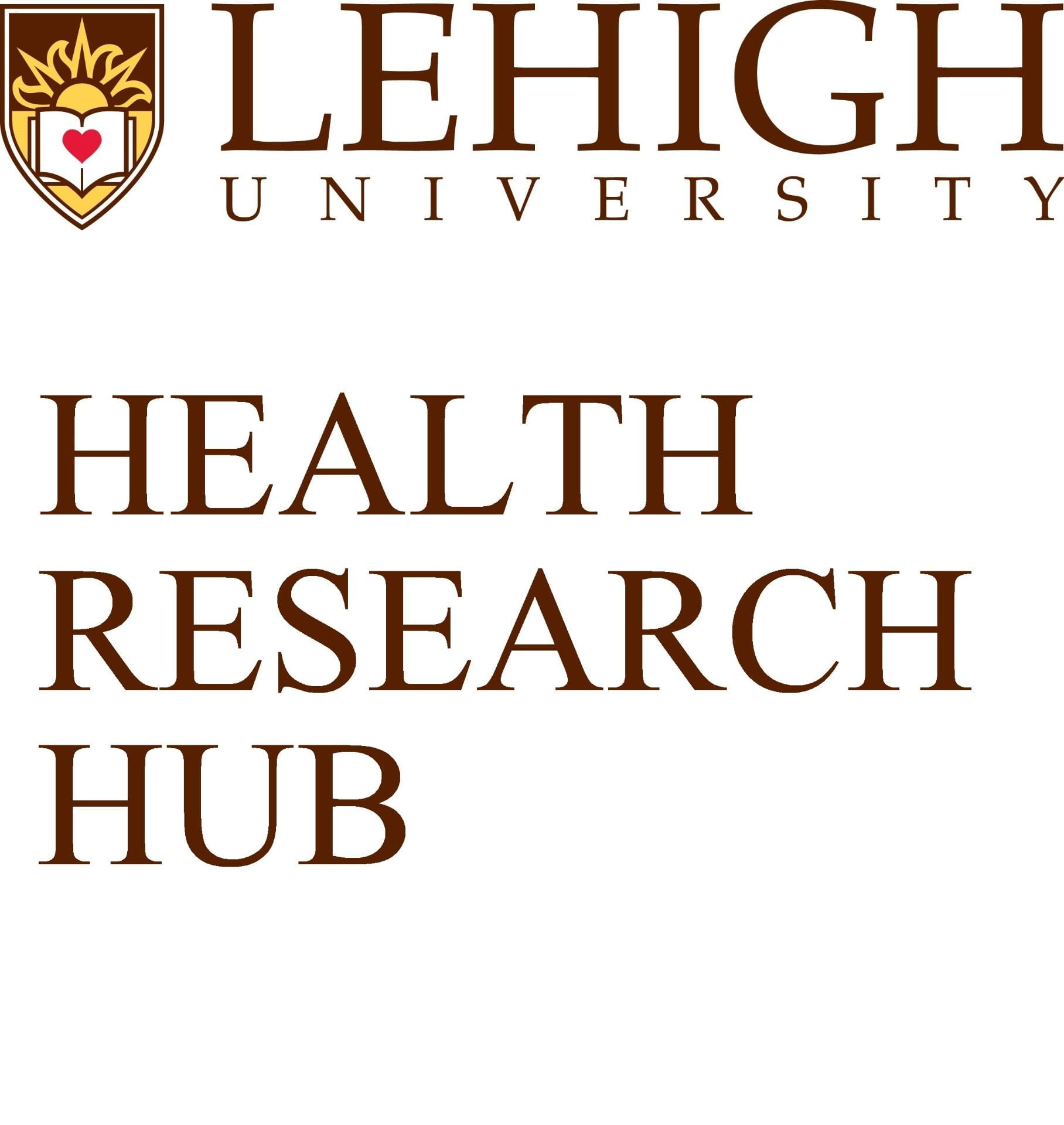General Laboratory Rules
-
- Fire and laboratory doors remain closed at all times.
- No eating or drinking in laboratory.
- Safety eyeglasses and laboratory coats are required as personal protection against exposure to hazardous chemicals and biological materials.
- Gloves are required when handling chemicals, powders and specimens. If transporting a specimen from one location to another, ensure it is in a secondary container in case it is dropped. One hand should be gloved for protection the other ungloved for contact with common areas such as door handles or elevator buttons. Glove use must be restricted to laboratory areas. No gloves in common areas outside the laboratory.
- Label everything (samples, glassware, containers, and reactions, etc.) at all time: Name, Group, Date, Chemical/Concentration, and Potential hazard.
- Store all chemicals accordingly, use fume hoods/air/gas/vacuum properly, and operate equipment following manuals.
- When running low on something (e.g. CO2, N2, LN, etc.), notify HRH manager immediately.
- Please clean up each time after your experiment and keep laboratory area as neat as possible.
- Never work in the laboratory alone.
- If you aren’t sure at anything, please ASK!
Waste disposal
-
- Non-hazardous solids can be disposed in garbage.
- Sharps and pipette tips must be disposed in sharp containers.
- For chemical waste, please contact Elaine Kuchera (emk3, x8-4251) of
- For biohazardous waste, please autoclave it first and then dispose to the refrigerator in room C038.
Emergency
-
- All emergency should be reported to Campus Police: 610.758.4200 (x8-4200).
- Chemical spills or leaks should also be reported to Environmental Health and Safety: 610.758.4248 (x8-4248).
- Notify HRH management and your supervisor.
- Safety Data Sheets (SDS) available in lab – bring with you for emergency personnel.
- Spill kit stored under sink to absorb or contain chemical spills; if chemical is dangerous and volatile, evacuate the building and sound alarm.
- Chemical spill on body: remove all clothing and use safety shower for 15 minutes; keep contaminated clothing contained.
- Chemical in eye: flush with eye wash for 15 minutes.
- Fires in hood: close the sash, close the lab door, and leave immediately; sound the alarm.
- Do not try to extinguish a fire unless trained, evacuate and sound the alarm.
- Evacuate the building by exiting through the nearest and safest exit.
